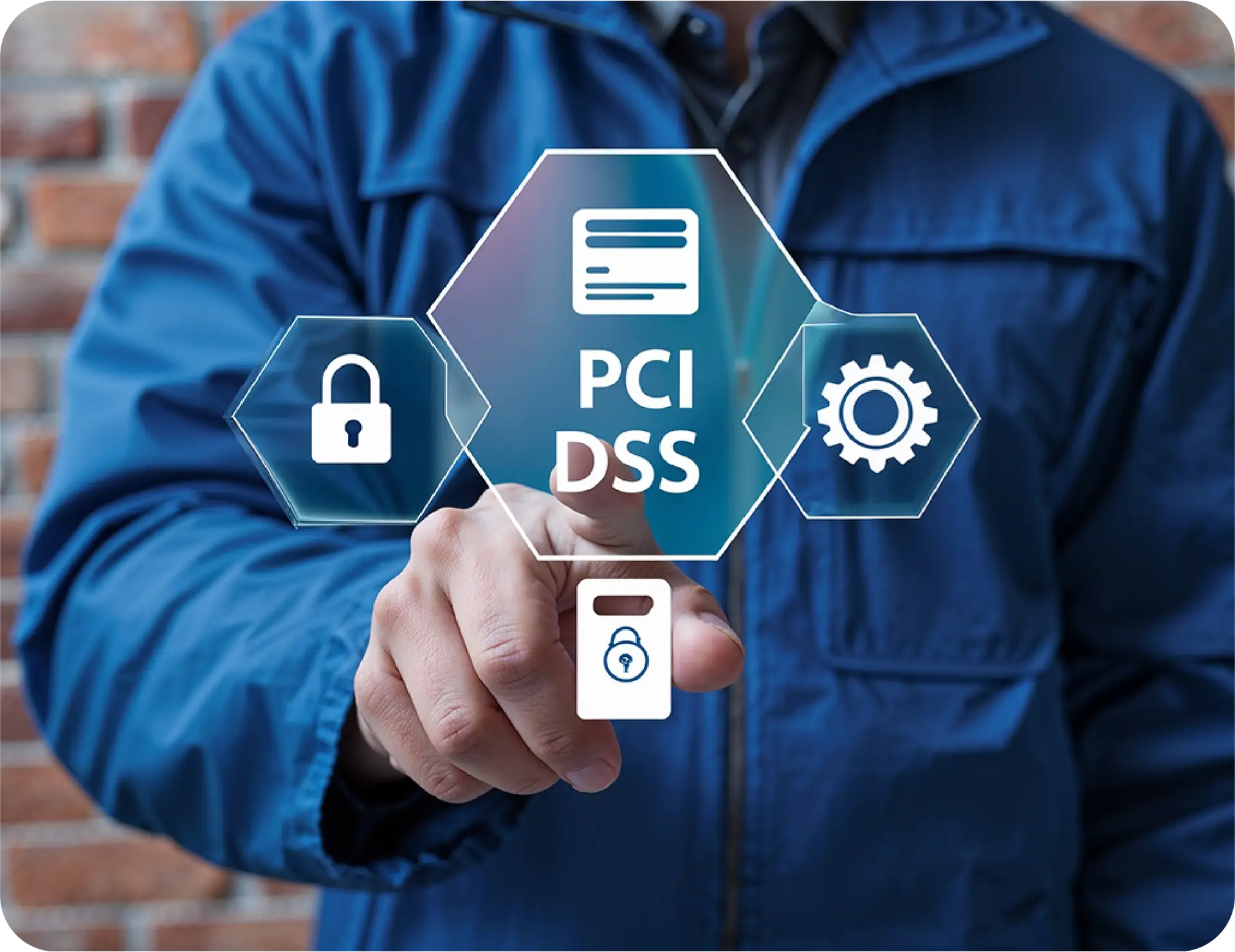Since 2005, there have been more than one billion stolen records in over 2,000 separate incidents. In most cases, thieves were seeking payment card data. Clearly, it is imperative that businesses do all they can to protect their merchant credit card processing and payment systems from fraud.

The object of becoming compliant with PCI security standards is to help protect sensitive cardholder data from thieves. If your business fails to become PCI compliant, you could be putting your business at greater risk from the growing threat of payment card data breaches and theft, which may result in substantial penalties (such as fines from banks, regulatory agencies, and card organizations), fraud, and chargebacks, as well as legal costs and lost customers.
Additionally, if you fail to become PCI DSS compliant or to report your PCI DSS-compliant status via a third-party vendor to your merchant processing services provider, you may also be charged a monthly fee until you do so.
If your business experiences a data security breach, you could even lose your ability to process credit card payments. Perhaps more importantly, you risk the loss of customers. Research shows that 43 percent of customers who have been victims of fraud stop doing business with the merchant where the fraud occurred.
Install and maintain a firewall configuration to protect cardholder data.
Not use vendor-supplied defaults for system passwords and other security parameters.
Protect stored cardholder data.
Encrypt transmission of cardholder data across open, public networks.
Use and regularly update anti-virus software.
Develop and maintain secure systems and applications.
Install and maintain a firewall configuration to protect cardholder data.
Not use vendor-supplied defaults for system passwords and other security parameters.
Protect stored cardholder data.
Encrypt transmission of cardholder data across open, public networks.
Maintain a policy that addresses information security.
By signing up, I agree to the Tekcard Payments
Privacy Notice and Terms of Use.